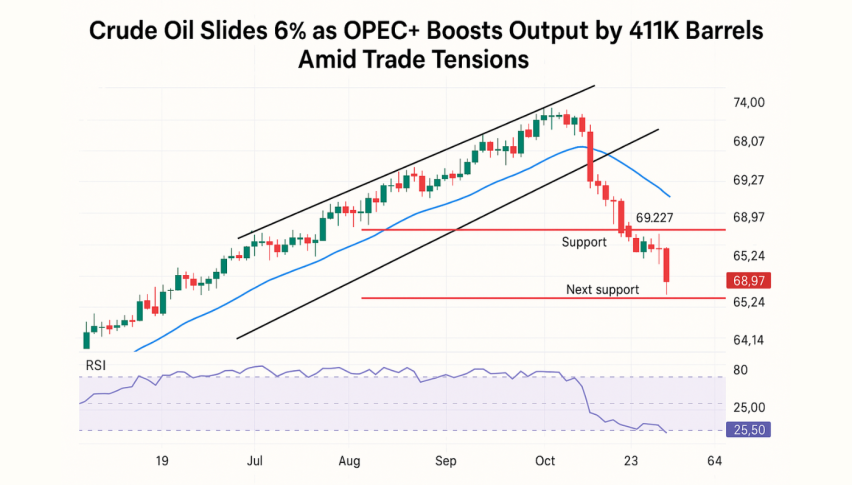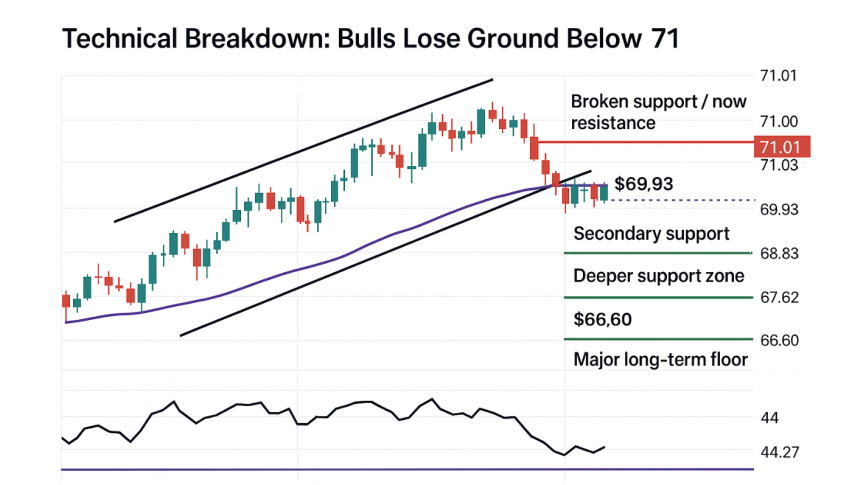Some Positive Data From Europe For A Change
The economy in the Eurozone started to weaken in September, after the surge in summer after the lockdowns were lifted. Then, as coronavirus restrictions increased, the weakness accelerated further, and services fell into contraction again. Employment started to decline once more, and the unemployment rate increased in September and October.
But today’s report showed a decline to 8.3%, rather than increasing further to 8.5%. German industrial production cooled off, but it came in higher than expected, so some slightly positive data from Europe. Let’s hope we start to see a reversal in the coming months.
November Industrial Production Report – Germany
- November industrial production MoM +0.9% vs +0.8% expected
- October industrial production +3.2% MoM; revised to +3.4%
- Industrial production WDA YoY -2.6% vs -2.3% expected
- Prior production YoY -3.0%; revised to -2.7%
German factory output improved further in November, reflecting the better conditions outlined by the PMI readings towards the end of last year. Despite lockdown measures, the data from Germany has been surprisingly positive – at least on the surface.
Eurozone Unemployment – November
- November unemployment rate 8.3% vs 8.5% expected
- October unemployment rate 8.4%
Euro area unemployment eased in November, defying estimates, but Eurostat continues to caution that the data might underestimate the actual underlying impact of the pandemic on the region’s labour market. The figure disregards people who are registered as unemployed but are no longer looking for work or aren’t available for work, so there’s that to consider alongside the furlough programs that are masking actual labour market conditions.
“The unemployed comprise all persons of working age who were: a) without work during the reference period, i.e. were not in paid employment or self-employment; b) currently available for work, i.e. were available for paid employment or self-employment during the reference period; and c) seeking work, i.e. had taken specific steps in a specified recent period to seek paid employment or self-employment.”



